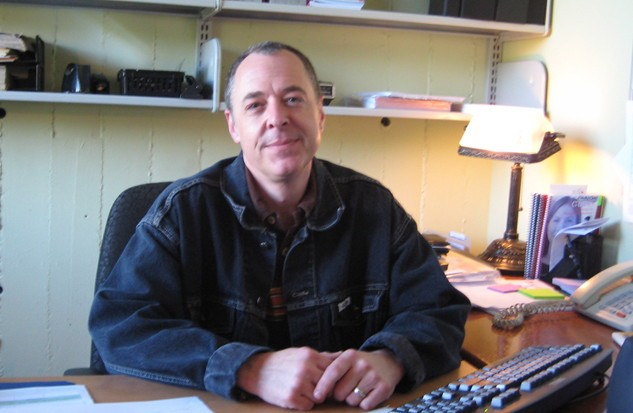A smoother transition
Transition Year Program helps first year aboriginal students
The number of students enrolled in the Transition Year Program, which helps aboriginal students in their first year of university, is steadily increasing.
This year, a section called Academic Writing: Extended, a six credit-hour course that is part of the transition program, was added to accommodate the growth.
Randy White, Transition Year Program co-ordinator for the Aboriginal Student Services Centre, said each year the program gains momentum.
“It has progressively succeeded,” said White. He said the program had 21 students when it started in 2001. This year, 76 students are enrolled.
White’s job is to co-ordinate a series of supports for students in the Transition Year Program. This includes helping with the registration process, course selection and time table arrangement.
Kevin Settee, a second-year history student who completed the Transition Year Program last year, said having the support in his first year made a big difference.
“If I didn’t have the advice from Randy, I would have been really lost in my courses,” he said.
While Settee said he benefited from the program as a whole, he found the extended academic writing class to be the most useful in his further studies.
“It helped me out with the mechanics … and my grammar … and taught me how to write essays and tweak my writing skills,” he said.
White said the number of transition-year students who return for their second year has steadily increased.
Karin Collins, an instructor for two of the three academic writing sections for transition year students, sees first-hand the benefits students reap from the course.
“I like seeing them develop confidence and trust and discover their own potential,” she said.
Collins includes aboriginal-related content to meet the interests of the students.
“Traditional storytelling is valued in many aboriginal communities, so I try to make sure that students are comfortable with personal narrative as evidence in an argument,” she said.
White said since the class is exclusively for students in the Transition Year Program and runs through both fall and winter terms, students have the chance to connect with one another on a deeper level and get accustomed to university life in a secure environment.
“The whole class was aboriginals … so I felt comfortable being around other students who were like me,” said Settee.
White said the university at-large has been extremely supportive of transition-year students. He said all the departments on campus have allowed White to reserve seats in first-year courses so students of the program will be ensured a spot if desired.
Overall, White is pleased with the results the program has produced.
“We discovered that building skills right at the beginning of your university career is tied directly to your success,” he said.
Published in Volume 64, Number 5 of The Uniter (October 1, 2009)







